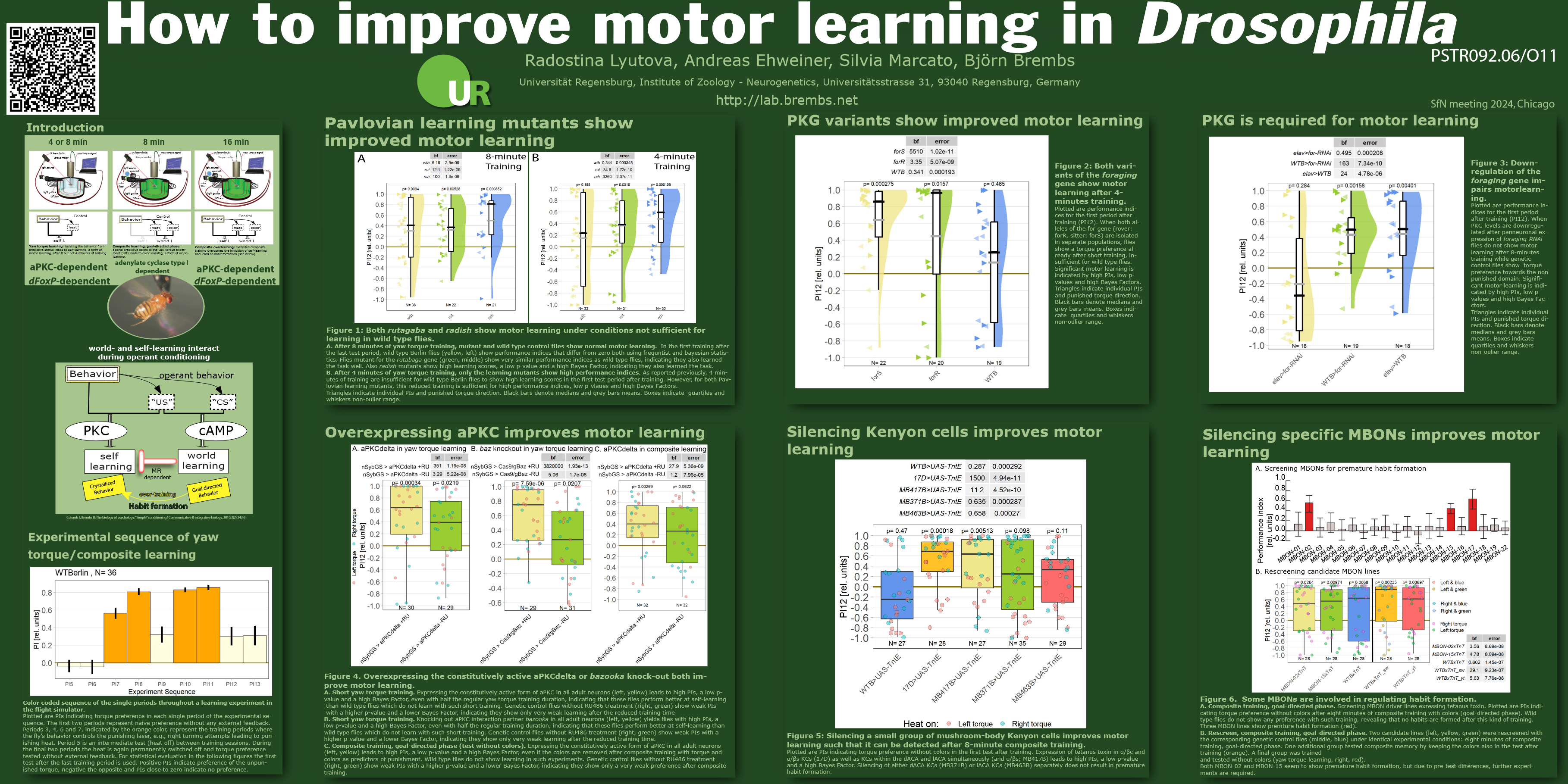During my flyfishing vacation last year, pretty much nothing was happening on this blog. Now that I’ve migrated the blog to WordPress, I can actually schedule posts to appear when in fact I’m not even at the computer. I’m using this functionality to re-blog a few posts from the archives during the month of august while I’m away. This post is from December 6, 2010:
This morning my friend Ramy reminded us of the recent spats over two PLoS One publications (Darwinius, Red Sea) and how they were used to question the ‘reputation’ of PLoS One as a journal. Of course, it is about as meaningful to talk about the reputation of a journal as it is to talk about the reputation of the cover of a book. Journals are containers which say very little about their content. But on to the really relevant point:
Specifically, Ramy pointed out how the current spat about a publication in the journal Science on a purportedly arsenic-based lifeform (see, e.g., Pharyngula and especially Rosie Redfield) didn’t reflect on Science at all, despite the basically identical story-line of media hype before publication followed by more sober commentary from the scientific community after publication. Why is PLoS One criticized in the first two cases, but nobody questions Science in this (or the numerous other) cases? Clearly, the two GlamMagz Nature and Science both have their share of in some cases pretty embarrassing blunders. My personal favorite is a paper in Nature about fly thermosensation, easily the worst conducted study in this field in quite a few years. Yet, nobody questions the ‘reputation’ of Nature. Also in this case, none of the critical commenters questions the legitimacy of the gatekeeper function that the GlamMagz are so happy to tout.
Let’s be honest about it: there’s no journal without fault. Everyone makes mistakes. Journals are no more gatekeepers than the persons working there. Any perceived hierarchy among journals is merely that: perceived. A perception caused by visibility, historical baggage, group-think and circular reasoning.
It doesn’t matter where something is published – what matters is what is being published. Given the obscene subscription rates some of these journals charge, if anything, they should be held to a higher standard and their ‘reputation’ (i.e., their justification for charging these outrageous subscription fees!) being constantly questioned, rather than this unquestioning dogma that anything published there must be relevant, because it was published there. If anything, every single contested paper should be used to question the level of subscription fees raised by these journals.
In fact, every retraction should lead to an immediate reduction in subscription fees for the journal in which the retracted paper was published, because the journal failed to serve its gatekeeper purpose. If the journals justify, as they do, their obscene subscription extortion with their outstanding peer-review process, their price needs to drop every time that process fails. Given the hyper-inflation of retractions, we should see a precipitous drop in subscription charges immediately, should such a policy be enforced.
UPDATE: Almost simultaneously, pretty much along the same lines is Egon’s post on trust in science.
Wolfe-Simon, F., Blum, J., Kulp, T., Gordon, G., Hoeft, S., Pett-Ridge, J., Stolz, J., Webb, S., Weber, P., Davies, P., Anbar, A., & Oremland, R. (2010). A Bacterium That Can Grow by Using Arsenic Instead of Phosphorus Science DOI: 10.1126/science.1197258
















One famous ridiculous example of this is in the following paper published in Nature,
E. Dayenas et al (1988). “Human basophil degranulation triggered by very dilute antiserum against IgE.” Nature 333 (6176): 816–818.
which contains what I think is the only instance of an “editorial reservation” in the journal, appended at the end of the article, saying “Nobody believes this and there is no physical basis for it, but we’re publishing it anyway…”
So much for publishing ‘the best’ science. It strains credulity how many scientists fall for this journal rank crap.